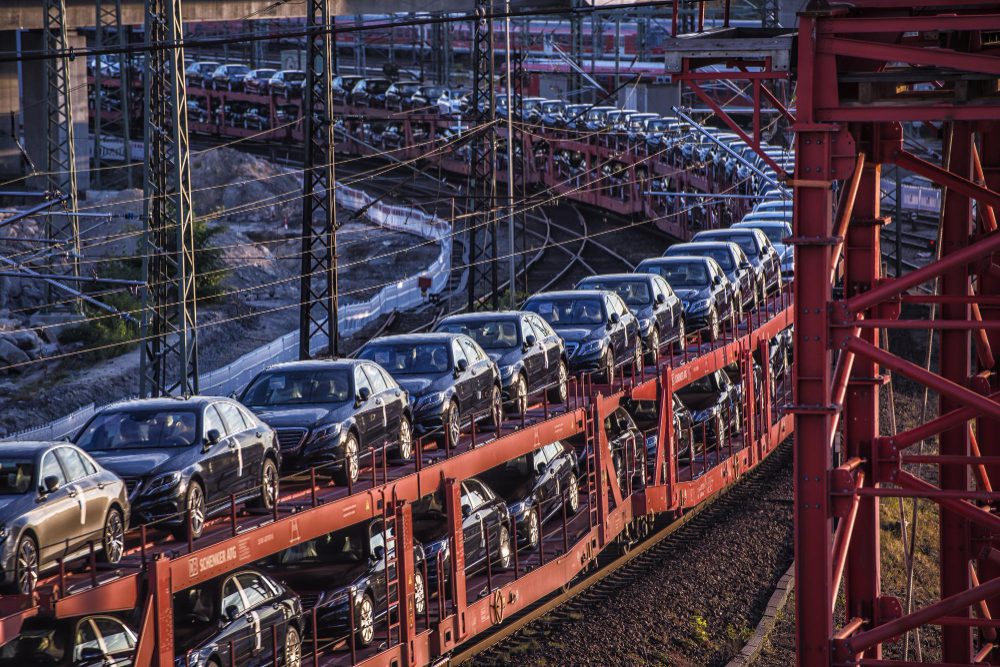Executive Summary
The Story So Far
Why This Matters
Who Thinks What?
India and the European Union are accelerating negotiations for a Free Trade Agreement (FTA), with both sides targeting an interim “early harvest” deal by the end of the year. This push comes amidst an uncertain global trade environment and aims to secure crucial market access, facilitate visa relaxations, and clarify exemptions for India regarding the EU’s carbon tax.
Negotiation Progress and Strategic Intent
The concept of an interim trade agreement has resurfaced, driven by a mutual desire to finalize some form of accord before year-end. India has previously adopted this staggered approach in trade talks with Australia and the United States, demonstrating its viability.
The 13th round of negotiations concluded recently in New Delhi, with the interim deal prominently on the agenda. The next round is scheduled to take place in Brussels from October 6 to October 10. Officials describe the negotiations as being in a “sweet spot,” suggesting high prospects for an early harvest agreement.
Significant convergence has been achieved in numerous areas, with 60-65% of the FTA chapters already finalized. The re-started negotiations, which initially resumed in June 2022, cover 23 policy areas, including Trade in Goods, Services, Investment, and Intellectual Property Rights.
High-Level Engagement and Economic Stakes
The urgency of the talks was underscored by the presence of EU Trade Commissioner Maros Sefcovic and Agriculture Commissioner Christophe Hansen in New Delhi, where they engaged with India’s Commerce and Industry Minister Piyush Goyal. Ministers from both sides were on standby to guide the negotiations during the recent round.
A deadline for substantial conclusion of the FTA negotiations was set in February by European Commission President Ursula von der Leyen and Prime Minister Narendra Modi during a visit by the entire college of EU commissioners to India.
The FTA holds substantial economic significance, as the 27-member EU bloc stands as India’s largest trading partner, with bilateral merchandise trade reaching $136.2 billion. Services trade between the two entities is also robust, valued at $70 billion in 2023, with India maintaining a surplus of $9.25 billion.
Key Demands from Both Sides
India is seeking preferential access to the EU market for its labor-intensive exports, including textiles, apparel, leather, machinery, chemicals, pharmaceuticals, and metals. Additionally, India aims for relaxed visa norms to facilitate the smoother delivery of services by temporary workers.
A critical point for India is a carve-out for its steel and aluminum exports from the Carbon Border Adjustment Mechanism (CBAM) carbon tax, which is set to be collected from January next year. India argues for similar exemptions granted to American exports of products covered by CBAM under the US-EU trade agreement.
Conversely, the EU is pressing for greater opening of the Indian market. Its key demands include enhanced access for its auto sector, wines and spirits, and various agricultural products such as meat and poultry.
Outlook on the Partnership
The expedited negotiations reflect the strategic importance both India and the EU place on deepening their economic ties. A successful early harvest deal could build momentum towards a comprehensive FTA, offering mutual benefits and providing a degree of stability amid fluctuating global trade dynamics.








